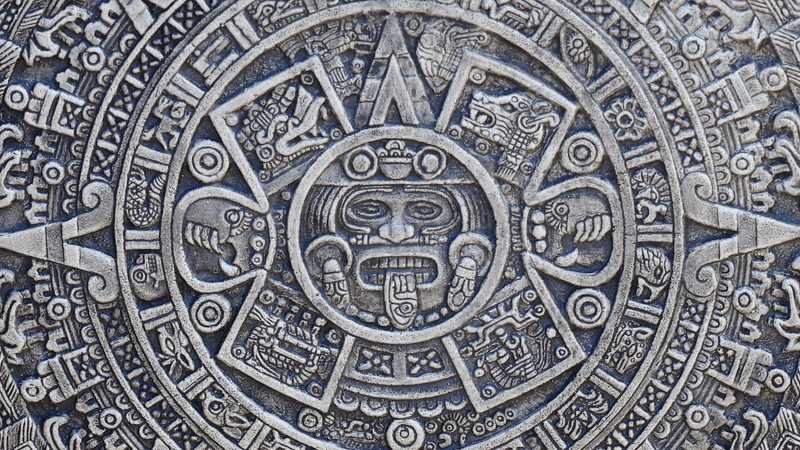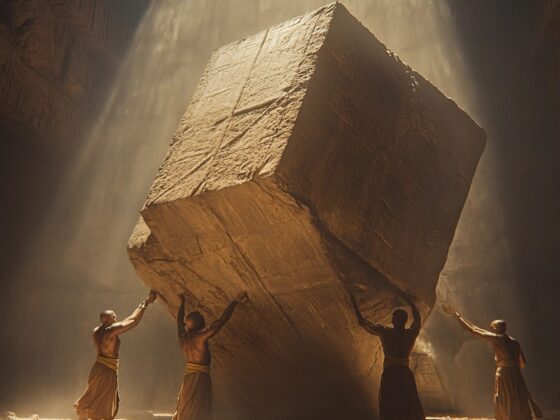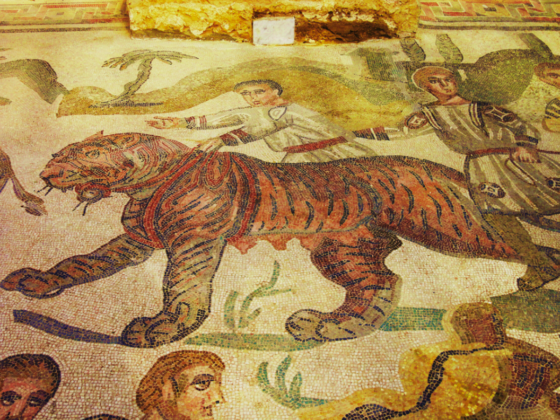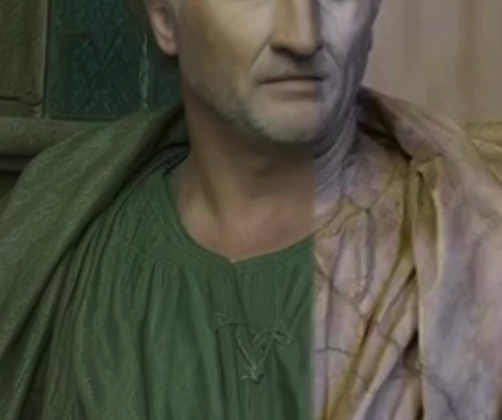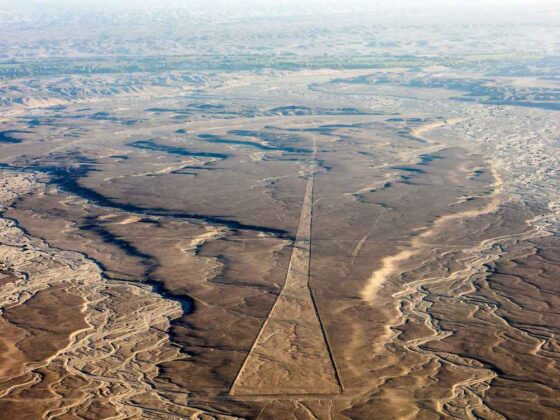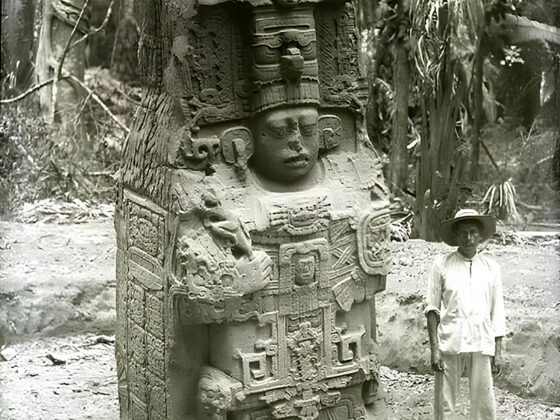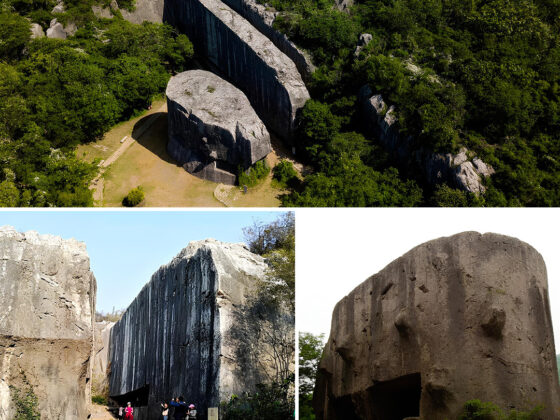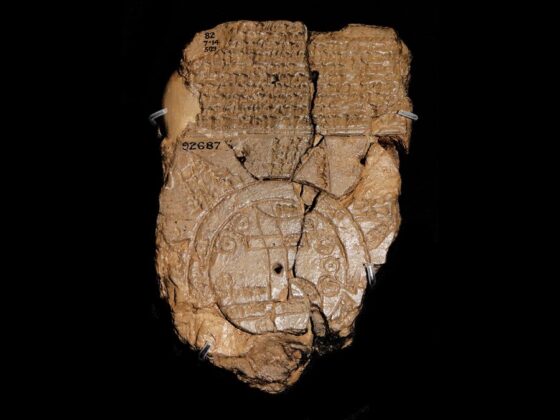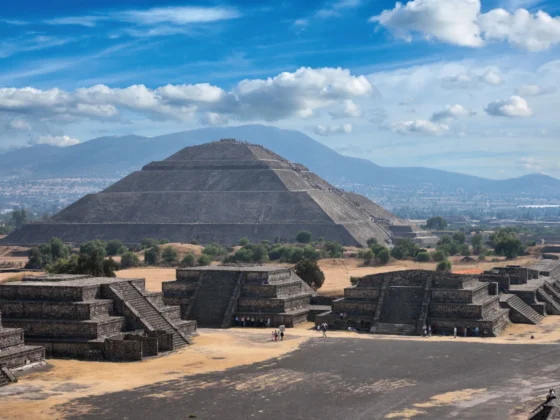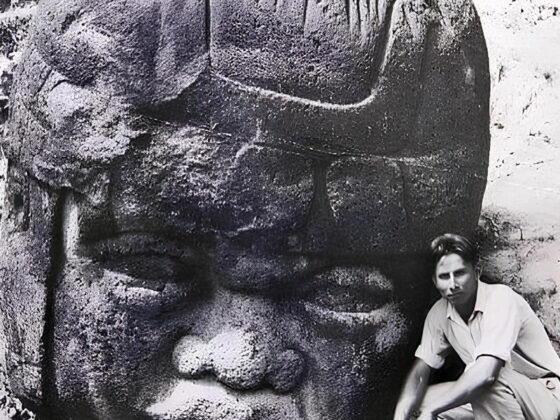The Aztec Sun Stone, a massive monolithic sculpture, is one of the most iconic artifacts of Mesoamerican culture. Discovered in 1790 during renovations of Mexico City’s cathedral, this colossal disk measures nearly 12 feet in diameter, stands 3 feet thick, and weighs an impressive 24 tons. Carved from basalt, a volcanic rock, the stone now resides in Mexico’s National Museum of Anthropology.
At its core, the Sun Stone depicts the Aztec concept of cosmic cycles, with five distinct “Suns” or world ages. According to Aztec mythology, each of these ages ended in cataclysmic destruction, fundamentally altering humanity and the world. The stone’s intricate carvings tell the story of these successive eras and their dramatic conclusions.
The first age, known as “4 Jaguar,” was said to have ended when jaguars devoured all of humanity. The second era, “4 Wind,” met its demise through devastating hurricanes that transformed humans into monkeys. “4 Rain,” the third age, concluded with a rain of fire that turned people into turkeys. The fourth world, “4 Water,” was destroyed by a great flood, with humans becoming fish.
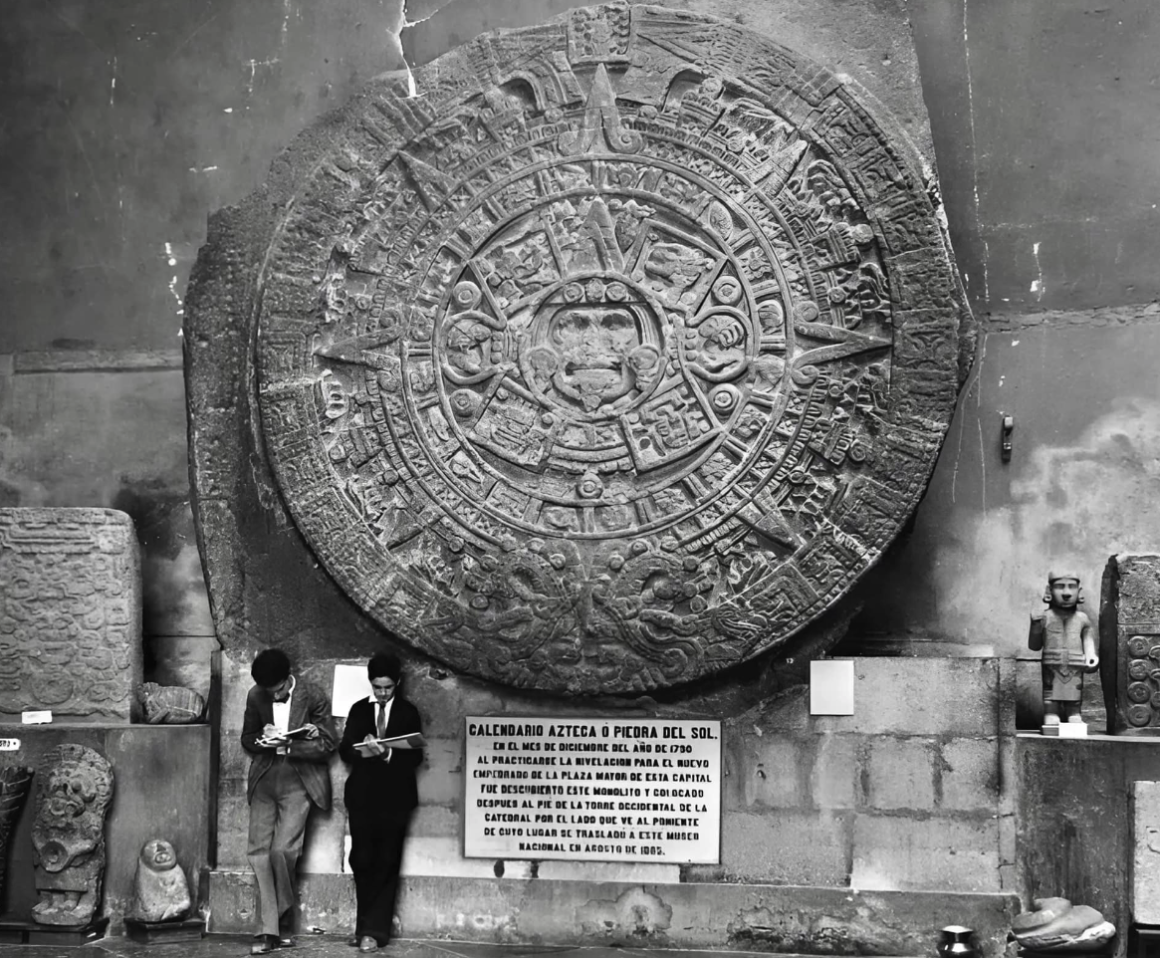
At the center of the Sun Stone lies a representation of the current era, the “Fifth Sun.” This central figure, believed to depict the sun god Tonatiuh, is shown with clawed hands gripping human hearts, symbolizing the Aztec belief in the necessity of human sacrifice to sustain the cosmos. The god’s protruding tongue, carved in the shape of a sacrificial knife, further emphasizes this bloody covenant between gods and mortals.
The stone’s intricate design goes beyond these cosmic ages. Surrounding the central figure are various rings containing symbols representing the 20 day-names of the Aztec calendar, as well as depictions of the cardinal directions and other cosmological concepts. The outermost ring features two fire serpents, their bodies encircling the entire disk and meeting at the bottom.
While often referred to as the “Aztec Calendar,” the Sun Stone was not a functional timekeeper. Instead, it served as a powerful religious and political symbol, embodying the Aztec worldview and their understanding of time, space, and the cyclical nature of existence. The stone likely played a crucial role in religious ceremonies, possibly serving as a platform for sacrificial rituals.
The Sun Stone’s discovery and subsequent display have made it a symbol of Mexican national identity. Its intricate carvings continue to fascinate scholars and visitors, offering a window into the complex belief system of one of Mesoamerica’s most powerful empires.
